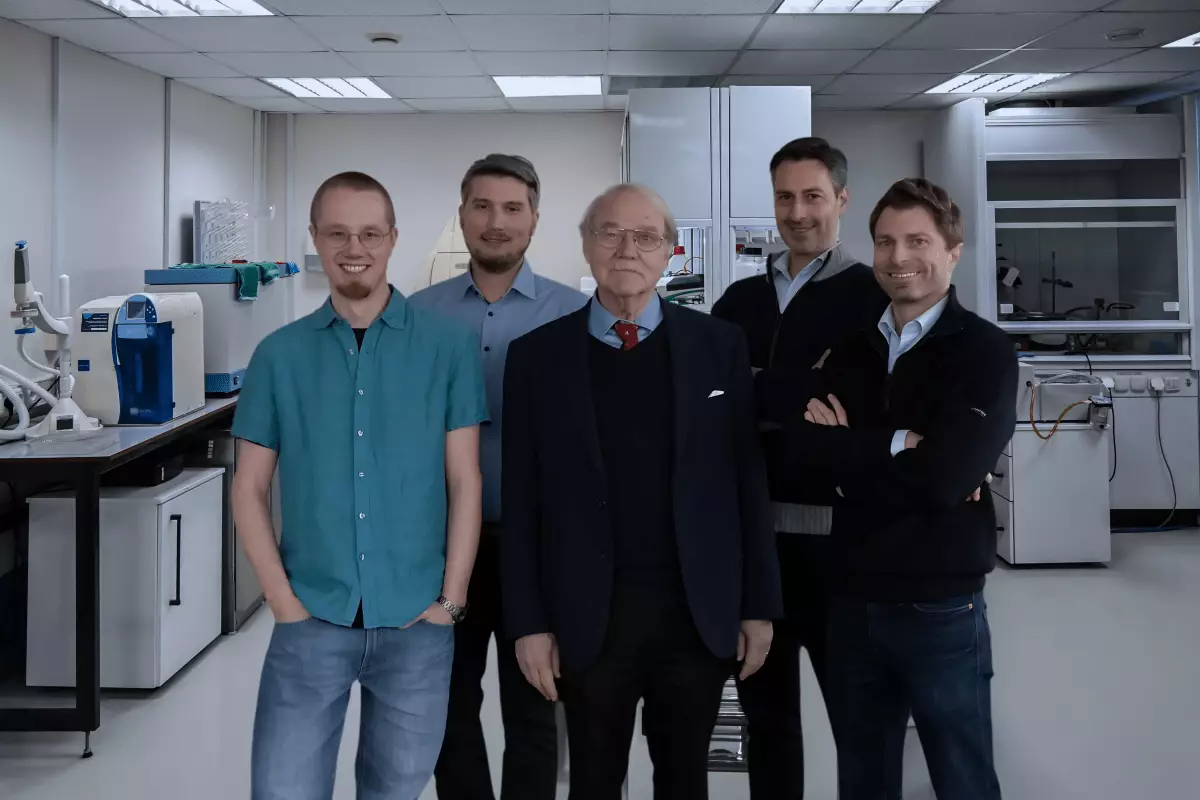For years, researchers, engineers, and entrepreneurs have been racing against time to devise a safe, effective means of monitoring blood glucose levels without using needles or other invasive methods. This endeavor not only promises to enhance the quality of life for those living with diabetes but also holds potential benefits for athletes and individuals keen on maintaining their weight and overall health. Despite various efforts, significant challenges persist, causing many promising projects to falter. Notably, Google’s parent company Alphabet once ventured into this space with innovative contact lenses designed for diabetic patients, yet they ultimately scrapped the initiative in 2018, highlighting the complexities involved.
The drive towards non-invasive monitoring continues to attract a plethora of companies eager to tackle this intricate problem. From tech giants like Apple to emerging startups, the landscape is dynamic and filled with ambition. Among these emerging players is Berlin-based Quantune Technologies, which is making noteworthy strides towards achieving a non-invasive glucose monitoring device.
Quantune’s innovative approach centers around the miniaturization of laser spectroscopy technology. Traditionally, laser spectrometers, typically large and unwieldy, measure glucose levels in interstitial fluid—a liquid that aids in nutrient delivery to cells just beneath the skin. The founders of Quantune, Dr. Jan Kischkat and Nikolaus Hahne, have reportedly succeeded in minimizing the size of their infrared laser spectrometer, paving the way for integration into wearable devices like wristbands.
However, the road ahead is not devoid of obstacles. Kischkat highlights a key challenge: the device’s performance in real-world conditions as opposed to a controlled lab environment. While laboratory settings provide ideal conditions such as temperature stability and minimal movement, real-life activities—like jogging or exercising—create a multitude of variables that could impact the accuracy of glucose measurements. This uncertainty demands a stable reference point for each reading, which adds layers of complexity to the already ambitious project.
Funding and Future Aspirations
In light of these challenges, Quantune recently secured €8.5 million (approximately $9.05 million) in seed funding from Point72 Ventures, alongside Munich-based Vsquared Ventures. This infusion is pivotal for the company, not only for advancing research and development but also for expanding its workforce. However, the timeline set by the founders—approximately two years—may be overly optimistic, particularly when compared to competitors like Apple, which has reportedly been engaged in its own non-invasive glucose monitoring endeavors for over a decade.
Quantune’s ambition is not unique; other startups are also exploring innovative methods to achieve needle-free glucose monitoring. For instance, Synex Medical recently raised $22 million to push its research forward, while HME Square employs an innovative technique known as photoacoustics—a marriage of optical and acoustic principles—to achieve accurate biological imaging. Meanwhile, GraphWear’s technology aims to fit into a wristwatch, although the company has yet to disclose any recent advancements.
The realm of glucose monitoring technology has evolved significantly in recent years, with notable progress made in continuous glucose monitoring (CGM) devices. The FDA has approved numerous devices, such as the FreeStyle Libre, which, while beneficial, still require a small sensor to be implanted under the skin. Such innovations have undoubtedly transformed diabetes management but have not eliminated the discomfort associated with traditional methods.
As we look toward the future, the demand for non-invasive options is evident. The integration of technology in healthcare is progressing at an unprecedented pace, yet the challenge remains: solving one of health monitoring’s most persistent puzzles. The pursuit of painless glucose monitoring is not merely a technological innovation but a potential game-changer in health management.
As companies like Quantune Technologies forge ahead, their progress reflects a broader trend within the medical tech industry—seeking to blend convenience and efficacy while enhancing patient outcomes. Whether or not they succeed will depend on overcoming significant hurdles and the ability to translate promising lab results into practical, everyday applications. In a world increasingly focused on health and wellness, the stakes have never been higher for those venturing into the frontier of non-invasive glucose monitoring.

